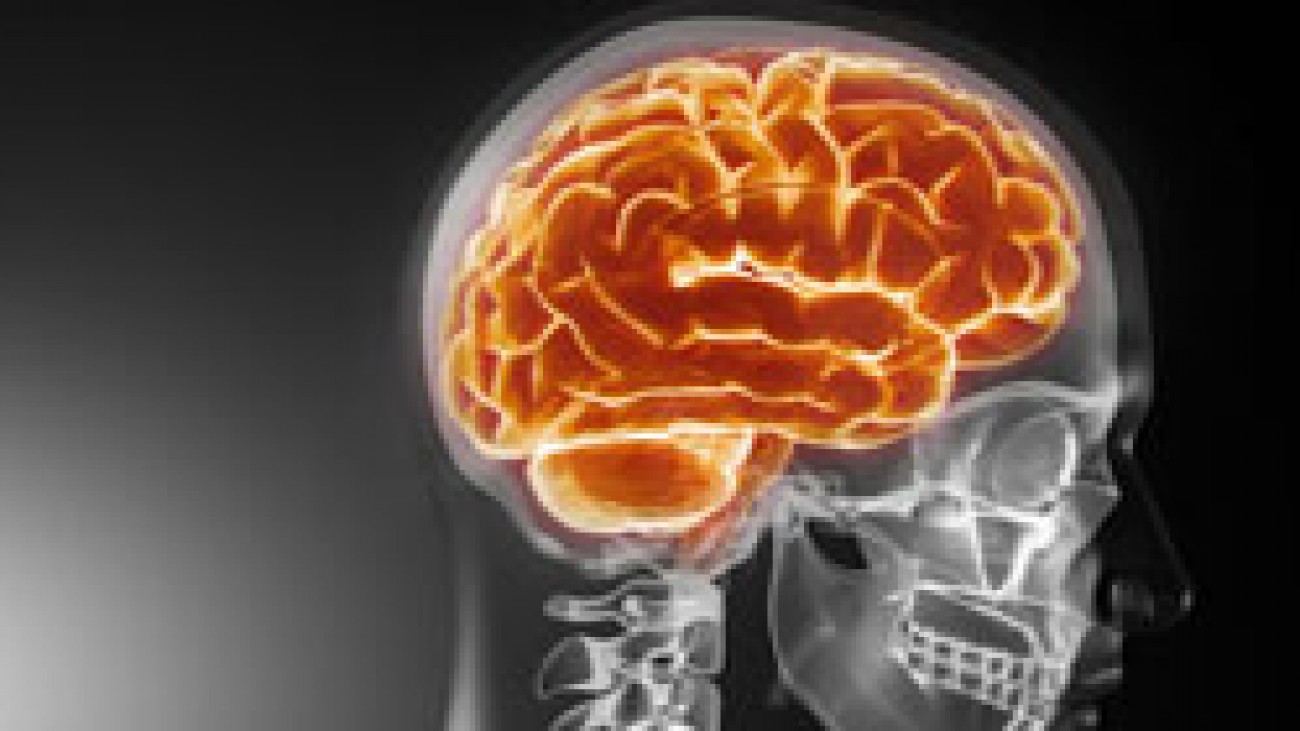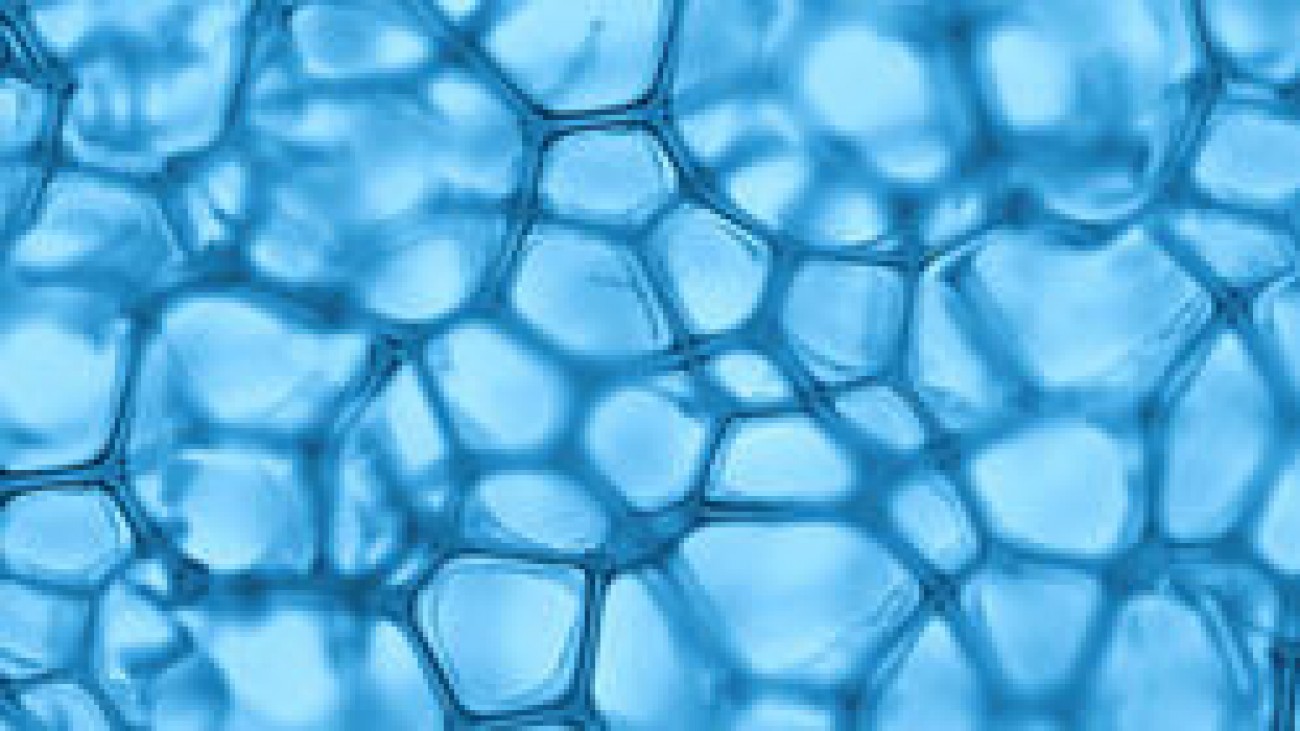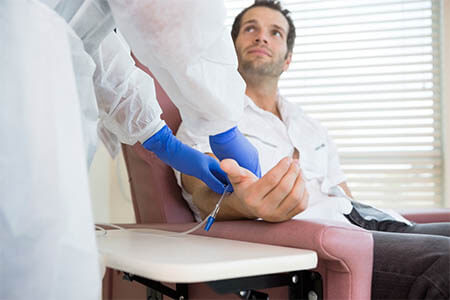
BR+ NAD For Chronic Pain
Chronic pain can be described as pain that continues 3-6 months or more after the cause is gone and takes a toll on your mental and physical health. Chronic Pain affects approximately 25% of Americans and the level of pain varies from mild to severely debilitating. The causes of chronic pain are very broad in nature, involving natural aging, nerve and injury damage, inflammatory and degenerative processes or due to certain diseases like cancer, diabetes, AIDS, arthritis and fibromyalgia, and multiple sclerosis.
How We Experience and Deal With Pain?
How do we experience pain?
Pain is our body’s response formed in the brain to an injury, illness, or a warning of something wrong. For example, if we were to touch a hot stove with our hand, the nerves from that hand will send a pain signal to the brain. The brain will then process the signal and we will immediately feel the heat from the stove. Although acute pain such as this typically is short-lived, neuropathic pain can be constant.
Often times neuropathy (damaged nerves) lead to chronic pain due to the nerve not functioning correctly, causing miscommunication between the brain and the body. Some types of neuropathic pain include neuropathy of the sensory nerves, the motor nerves, and diabetic neuropathy.
Neuropathy to the motor nerves can result in an impaired temperature, sense of touch, pain, as well as the nervous system controlling involuntary muscles, which also controls regulatory processes in the body, digestion, and breathing.
Sensory neuropathy, another type of neuropathic pain, can be the result of sudden stress, trauma, metabolic and endocrine disorders, or due to chronic illnesses such as cancer, autoimmune diseases, toxins, infections, and genetic predispositions.
Diabetic neuropathy can be caused by constant high blood sugar (uncontrolled hyperglycemia) and affects about 30-90% of people with diabetes. Painful diabetic neuropathy (PDN) is usually due to nerve damage and commonly associated with feelings of tingling, numbness, or pain in their feet up to their legs, arms, and hands.
Complex regional pain syndrome (CRPS) is a pain condition lasting longer than 6 months, affecting one of the limbs (hand, arm, foot, or leg). CRPS is categorized into type I and type II.
CRPS 1 is a condition often in results of surgery or some sort of trauma. CRPS 2 happens in result to a well-defined nerve injury. Type I and II both have symptoms of color and temperature change of the skin, motor dysfunction of the affected area, constant pain, hyperalgesia, edema, and allodynia. Symptoms of CRPS may be improved by the ongoing therapy researched by Dr. Rand.
Treatment for Chronic Pain
Finding the right treatment for chronic pain has to start with the root of the cause, whether it is due to infection, autoimmune disorders, vitamin deficiencies, etc. is important to address in order to allow the nerves to repair or regenerate itself. Making certain changes to your lifestyle can also help reduce neuropathic pain symptoms, such as incorporating an exercise regimen, supplementation, a non-inflammatory diet, practicing good hygiene, and avoiding alcohol consumption or smoking.
Non-Addictive Therapies for Chronic Pain
Pulsed electromagnetic field (PEMF) is a type of therapy to manage and relieve chronic pain, using its electromagnetic field to improve circulation, increase blood flow, as well as possibly help regenerate nerves (as shown in some studies with animals).
Neurofeedback is a noninvasive method to help the brain operate more efficiently by monitoring the brain waves while playing it back to the patient at the same to to induce a self-regulation effect. Neurofeedback has been known to help improve chronic pain, anxiety, ADHD, and PTSD.
NAD+ is another great way to treat pain without experiencing addiction, withdrawal, etc. NAD+ therapy has been utilized in clinical trials and has been providing amazing results for patients with chronic pain, activating the enzymes to regenerate cells. NAD+ has been studied for protecting the cells as well as reducing inflammation, making it a promising and effective therapy for chronic pain and other conditions.
What Conditions Can NAD BR+ Therapy Help With?
What Makes Us The Best Choice BR+ NAD Treatment in New Jersey?
At New Jersey BR+ NAD, each and every patient has their own treatment plan based on their condition, so treatments can vary anywhere from 4 to 15 days. Clients receive IV therapy under the care and supervision of Dr. Johanan Rand, M.D. and his qualified staff.
The setting is a calm and quiet environment which allows for a peaceful environment while IV Therapy is administered.
BR+ NAD therapy anecdotally has a positive effect when combined with other advanced therapies offered at New Jersey BR+ NAD treatment center.














